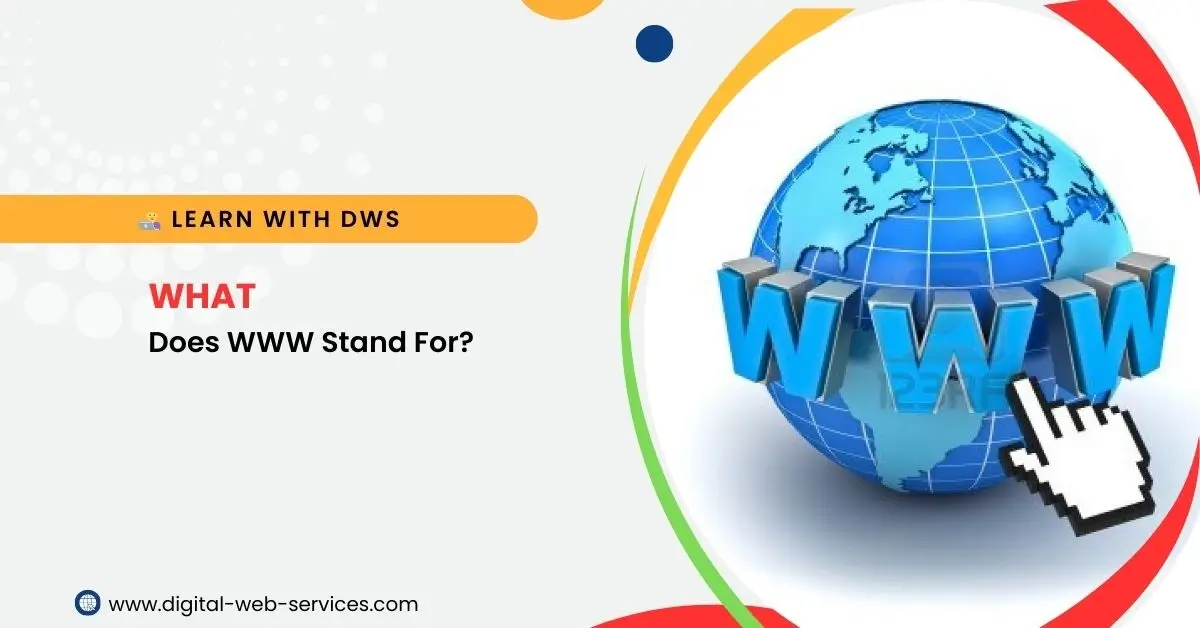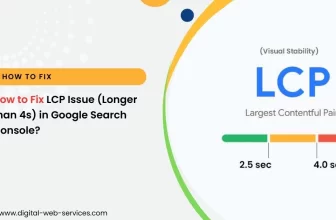
What is WWW?
The term WWW is one of the most common terms associated with the internet, but how many of us truly understand what it stands for and its significance? WWW stands for World Wide Web—an immense network of interconnected documents and resources accessed via the internet. The World Wide Web allows users to browse websites, access multimedia content, communicate, and share information worldwide.
In this article, we will explore the full form of WWW, its history, and its relevance in the digital age.
Full Form of WWW: World Wide Web
The World Wide Web (WWW) is a system of interlinked hypertext documents, multimedia content, and applications that are accessed via the internet. It was created by Sir Tim Berners-Lee in 1989, while working at CERN (the European Organization for Nuclear Research). This revolutionary system enabled the use of hyperlinks to navigate between different pages and share information, paving the way for modern web technologies.
While people often use the term “WWW” as a synonym for the entire internet, it’s important to note that WWW specifically refers to the set of technologies that allow users to access web pages and online content.
A Brief History of WWW
The development of the World Wide Web dates back to the late 1980s when Tim Berners-Lee proposed the idea of a network of information nodes that could be accessed via the internet. This idea was based on hypertext technology, which allowed one document to link to others. The first website went live in 1991, and the web quickly began to grow in popularity.
Over the years, advancements such as HTML (Hypertext Markup Language), CSS (Cascading Style Sheets), and JavaScript made it possible to create more dynamic, interactive, and visually appealing websites. Today, the WWW is an integral part of our daily lives, used for everything from social media to online shopping, research, and entertainment.
How Does the World Wide Web Work?
The World Wide Web operates using a client-server model. Here’s a simplified breakdown of how it works:
- Web Browser: When you open a web browser (such as Chrome, Firefox, Safari), you’re accessing the internet.
- Web Address (URL): You type in a URL (Uniform Resource Locator) in the address bar, which specifies the address of the webpage you want to visit.
- DNS Server: The browser sends the URL to a DNS (Domain Name System) server to convert the domain name (like www.example.com) into an IP address.
- Web Server: The request is then forwarded to a web server that hosts the website.
- Retrieving Content: The server sends the requested content (such as HTML files, images, and videos) back to the browser.
- Displaying Web Pages: The browser renders the content, displaying it as a webpage that you can interact with.
Frequently Asked Questions (FAQs)
Q: What is the full form of WWW?
A: The full form of WWW is World Wide Web.
Q: Is WWW the same as the Internet?
A: No, WWW is a part of the internet. The internet is the global network of networks, while the World Wide Web refers specifically to the interconnected system of websites and web pages.
Q: Who invented the WWW?
A: The World Wide Web was invented by Sir Tim Berners-Lee, a British computer scientist, in 1989.
Q: Can WWW work without the internet?
A: No, the WWW requires the internet to function, as it is a system of interconnected resources that rely on internet protocols to be accessed.
Q: Why is WWW used before website URLs?
A: The www prefix was originally used to distinguish websites that were part of the World Wide Web from other internet services. While it’s not strictly necessary to include “www” in a URL anymore, it remains widely used for historical reasons.
Q: What is the difference between HTTP and WWW?
A: HTTP (HyperText Transfer Protocol) is a protocol used to transfer data between the web server and browser. WWW refers to the collection of interconnected websites and resources accessible via the internet, often using the HTTP protocol.
Q: Can we use WWW without a browser?
A: No, a browser is typically required to access and navigate the WWW. However, other specialized applications like search engines or FTP clients can access web content indirectly.
Digital Web Services (DWS) is a leading IT company specializing in Software Development, Web Application Development, Website Designing, and Digital Marketing. Here are providing all kinds of services and solutions for the digital transformation of any business and website.










